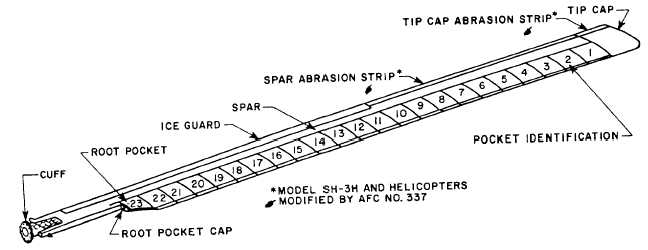Archives mensuelles : octobre 2010
LC-130 takes off for Operation Deep Freeze
Master Sgt. Joseph Sinatra checks the air spring pressure on an LC-130 Hercules during a stop Oct. 18, 2010, at Hickam Air Force Base, Hawaii. The springs are used to absorb the shock of landing the ski-equipped aircraft on the Antarctic ice. Sergeant Sinatra and the rest of his LC-130 aircrew stopped at Hickam while en route to Antarctica to support Operation Deep Freeze, the Defense Department’s logistical support to U.S. research activities at the southernmost continent. Sergeant Sinatra is an LC-130 crew chief assigned to the New York Air National Guard’s 109th Airlift Wing at Stratton Air National Guard Base, N.Y. (U.S. Air Force photo/Tech. Sgt. Kerry Jackson).
US Air Force Link (www.af.mil) courtesy

Theodore Roosevelt – « Speak softly, and carry a big stick »
Sea King helicopter blade

The main rotor or rotary wing on the H-3 has five identical wing blades. Other helicopters may have two, three, or four blades. A typical wing blade is shown in figure 1-17. The rotary-wing blade is made of aluminum alloy, except the steel cuff by which the blade attaches to the rotor hub. The main supporting member of the blade is a hollow, aluminum alloy extruded spar, which forms the leading edge. The steel cuff is bolted to the root end of the spar. Twenty-three individual pockets constructed of aluminum ribs, aluminum channels, and aluminum skin covering are bonded to the aft edge of the spar.
Text and cutaway view: www.tpub.com courtesy







